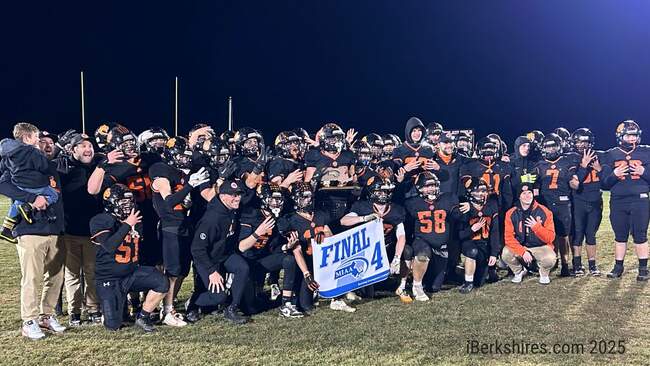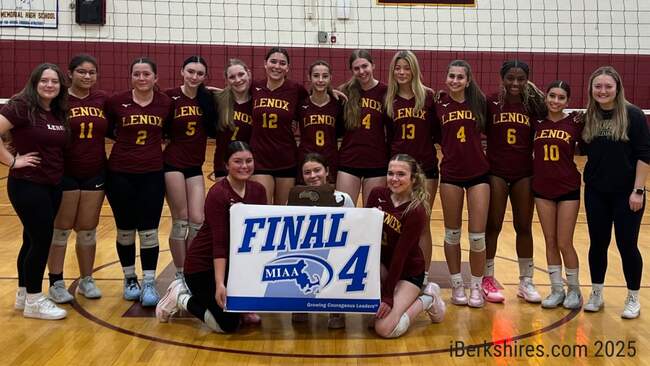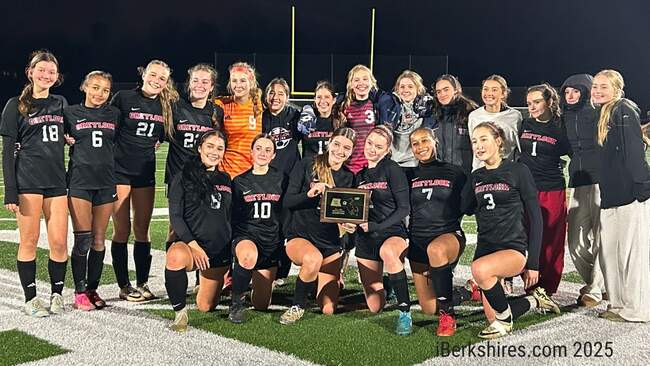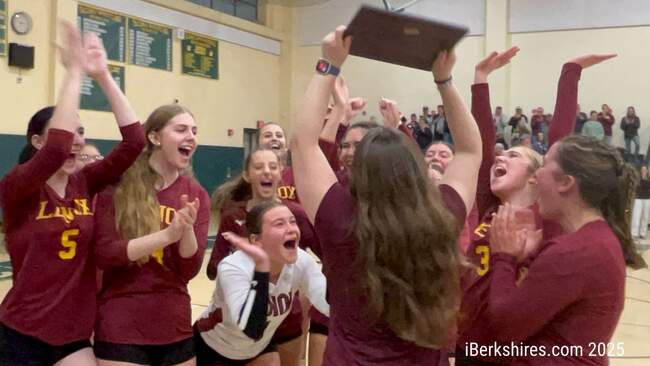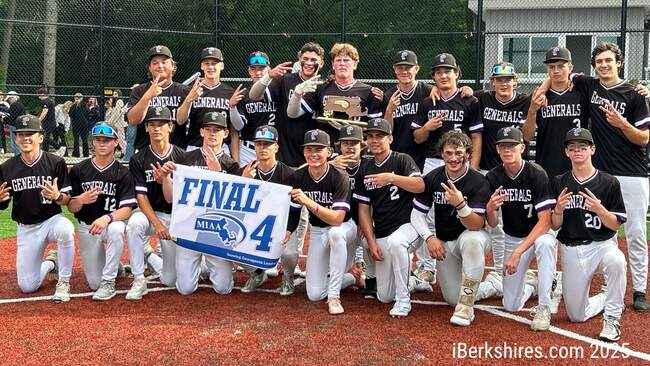What's The Scoop: On The Football Huddle?
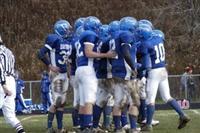 |
| Football players "huddle" [File photo, iberkshires.com] |
It's as much a staple of the game as cheerleaders and Super Bowl beer commercials: burly football players snuggled up to each other, faces turned in, so that game strategy and play information can be delivered.
The visual result is an impression of fierce camaraderie, sportsmanship, one-for-all, all-for-one athleticism.
So how the huddle find its' place in American football?
What's the scoop?
Gather 'Round
Credit for the circular football huddle, the huddle seen frequently throughout youth, high school, collegiate, and professional games is almost universally given to a deaf football player named Paul Hubbard, who was a student during the late 1800s at Gallaudet College, now known as Gallaudet University.
An overwhelming number of sources, including Gallaudet University, a www.nba.com Internet website, information made available by American Sign Language authorities and a www.lifeprint.com Internet web site, state that Hubbard was a Gallaudet Bison football player in 1894. As quarterback, he became concerned that opposing team players, particularly those with a knowledge of sign language, were watching him and his team mates communicate game plays with sign language.
As a means of avoiding that situation, Hubbard started his version of circling the wagons, which meant gathering team mates in a circle, with heads down, so that the players could communicate through sign language without opposing team players discovering their strategy.
No Ribbon For This "Typewriter"
Another recognizable football huddle is called the "typewriter huddle." The typewriter huddle was the work of former Florida State head Coach Tom Nugent during the mid-1950s. The typewriter huddle situates specific players in two rows, with the first row in a kneeling or crouching position and a second row standing behind them. Both rows are facing the coach.
Nugent was a person not affected by hearing loss, but athletes with hearing loss have impacted American sports beyond football.
And There's More...
For instance, baseball umpire hand signals originated with William Hoy, a deaf outfielder who played professional baseball with the Cincinnati Reds and the Washington Senators. Hoy's baseball career launched during the mid-1880s and continued to a final game in 1903.
Unable to hear umpire calls, such as "safe" or "out," Hoy created and taught hand signs for "safe," "out", "strike", "ball," and other calls. The signs rapidly gained acceptance throughout the sport.
And that's the scoop.

